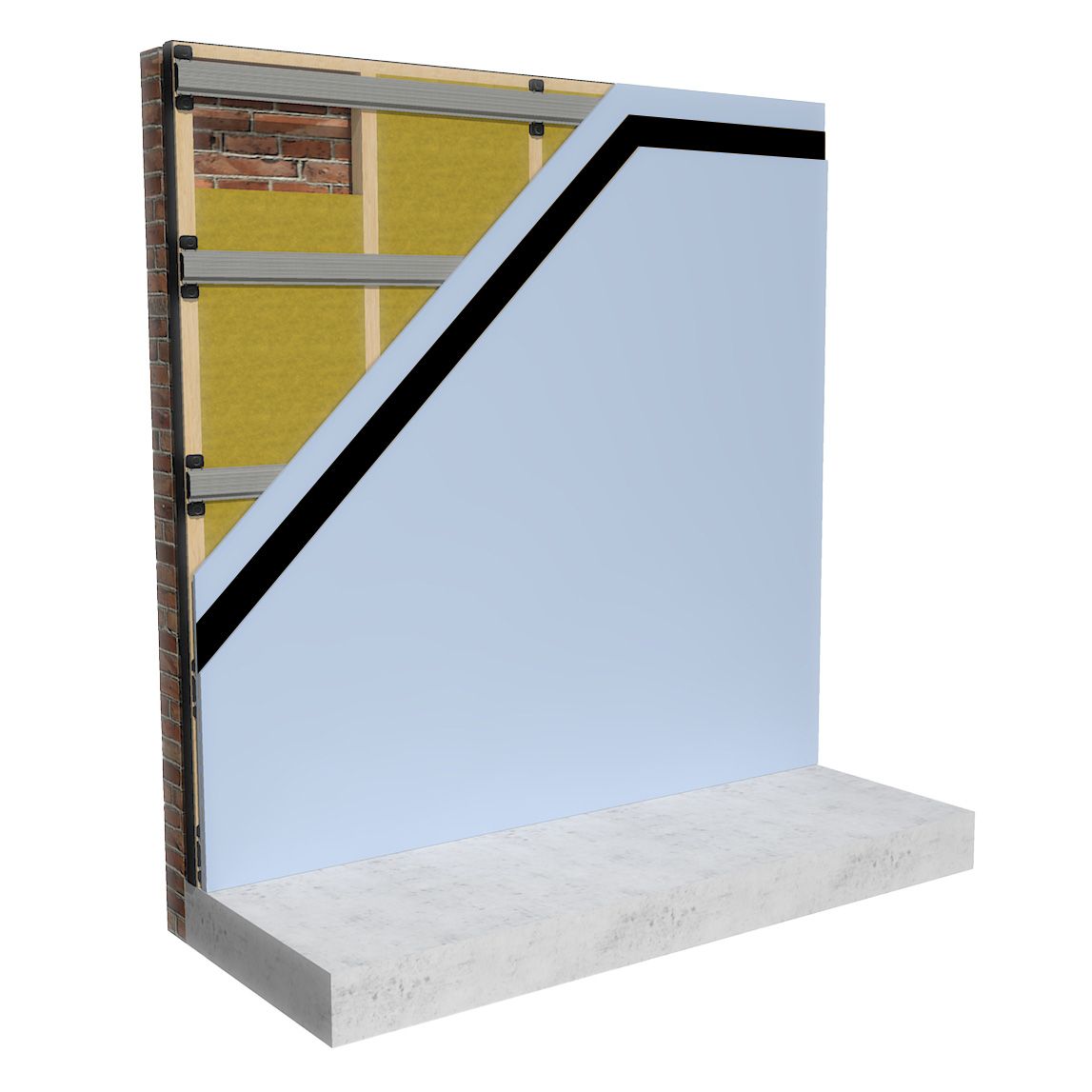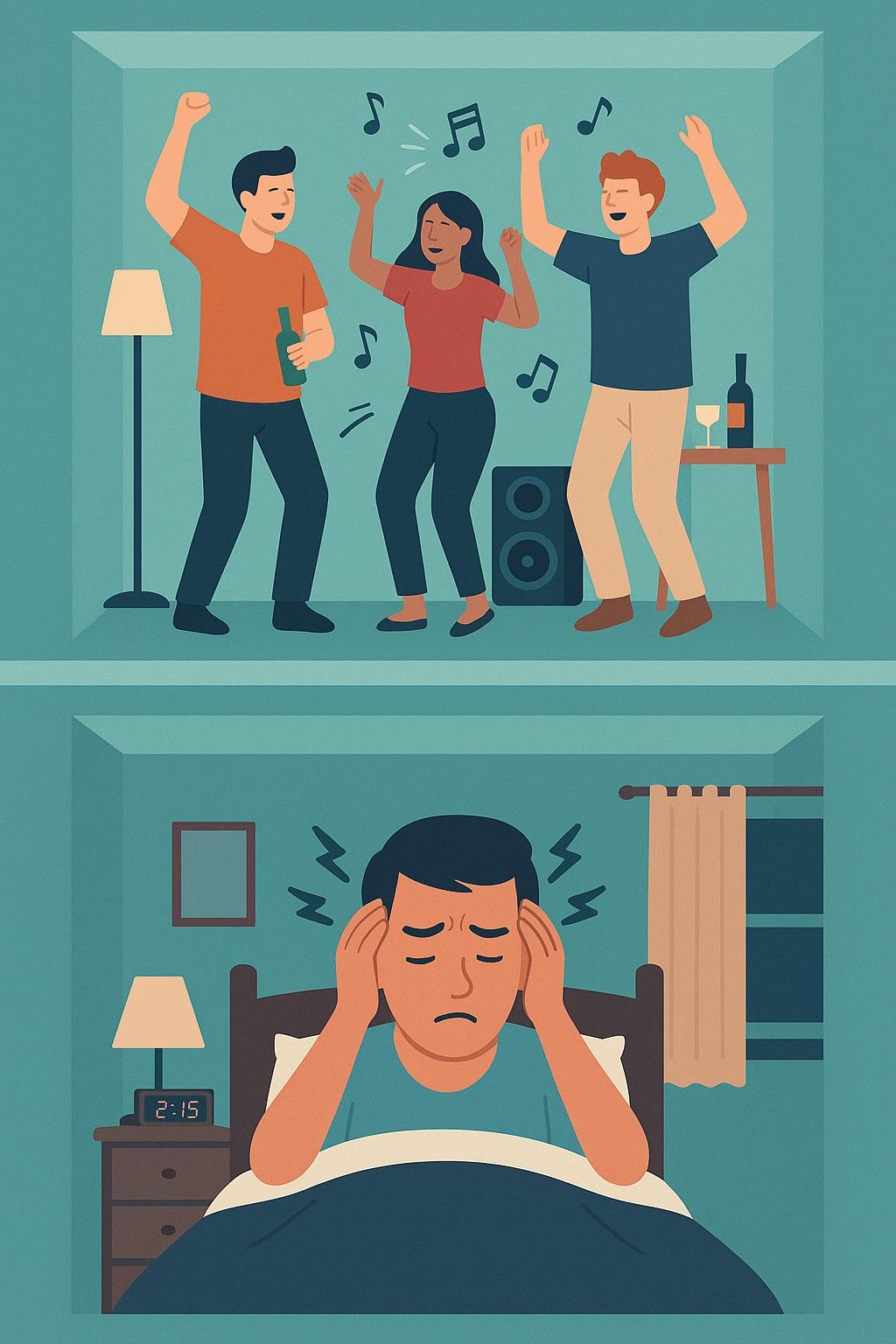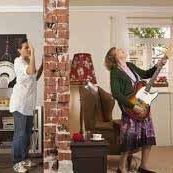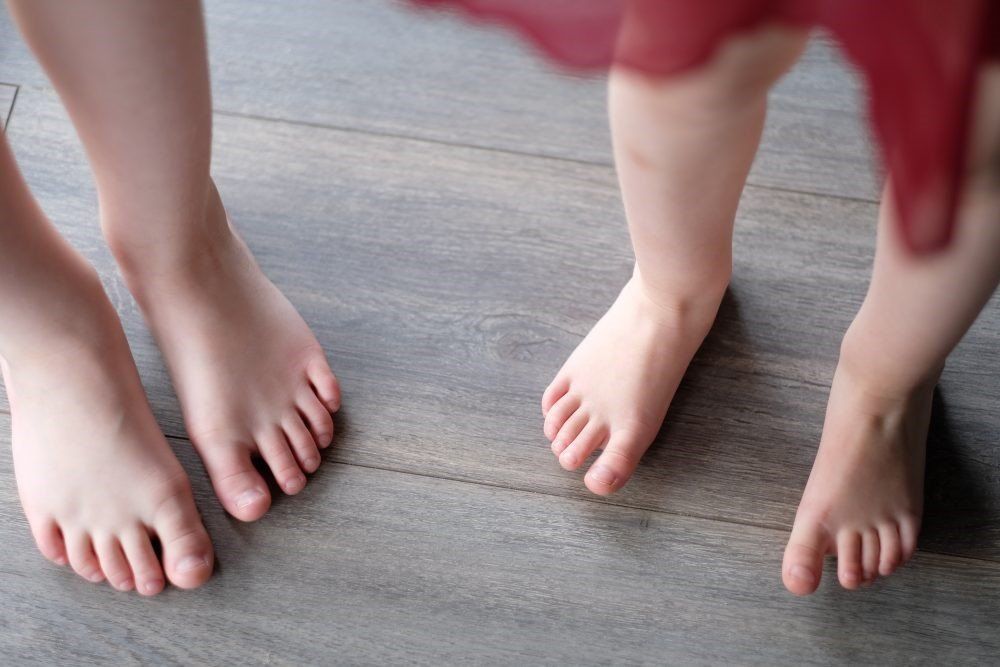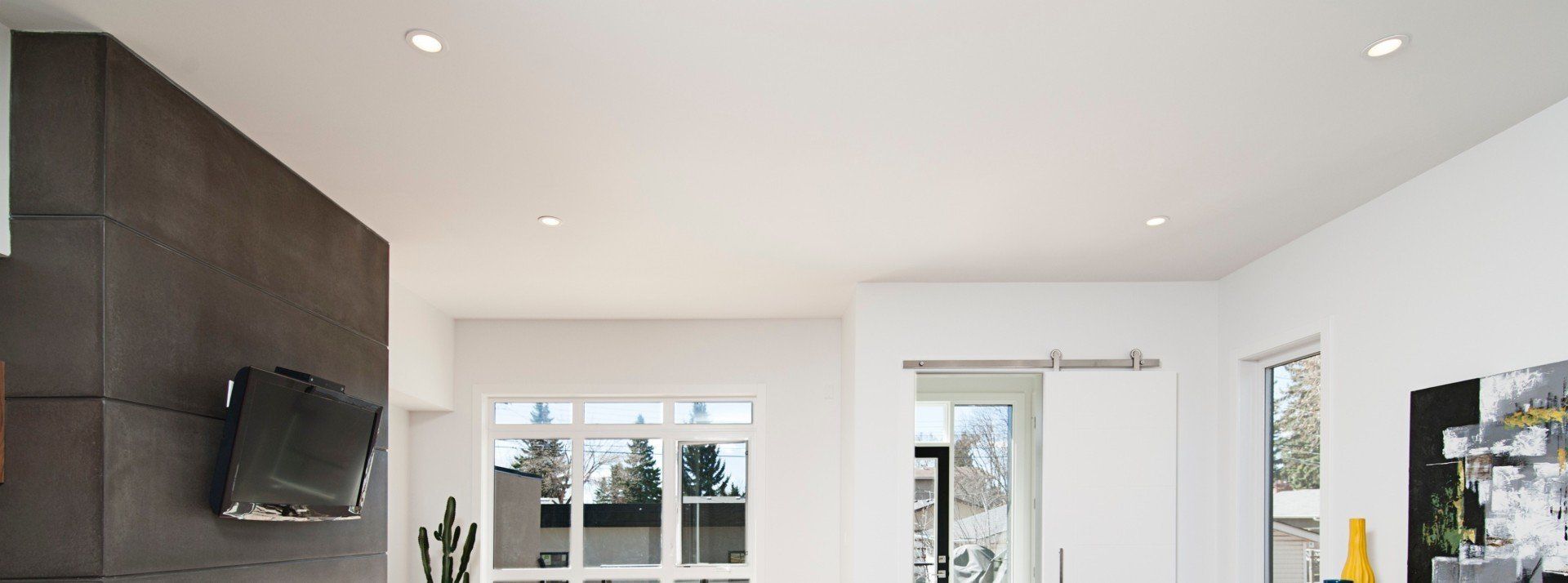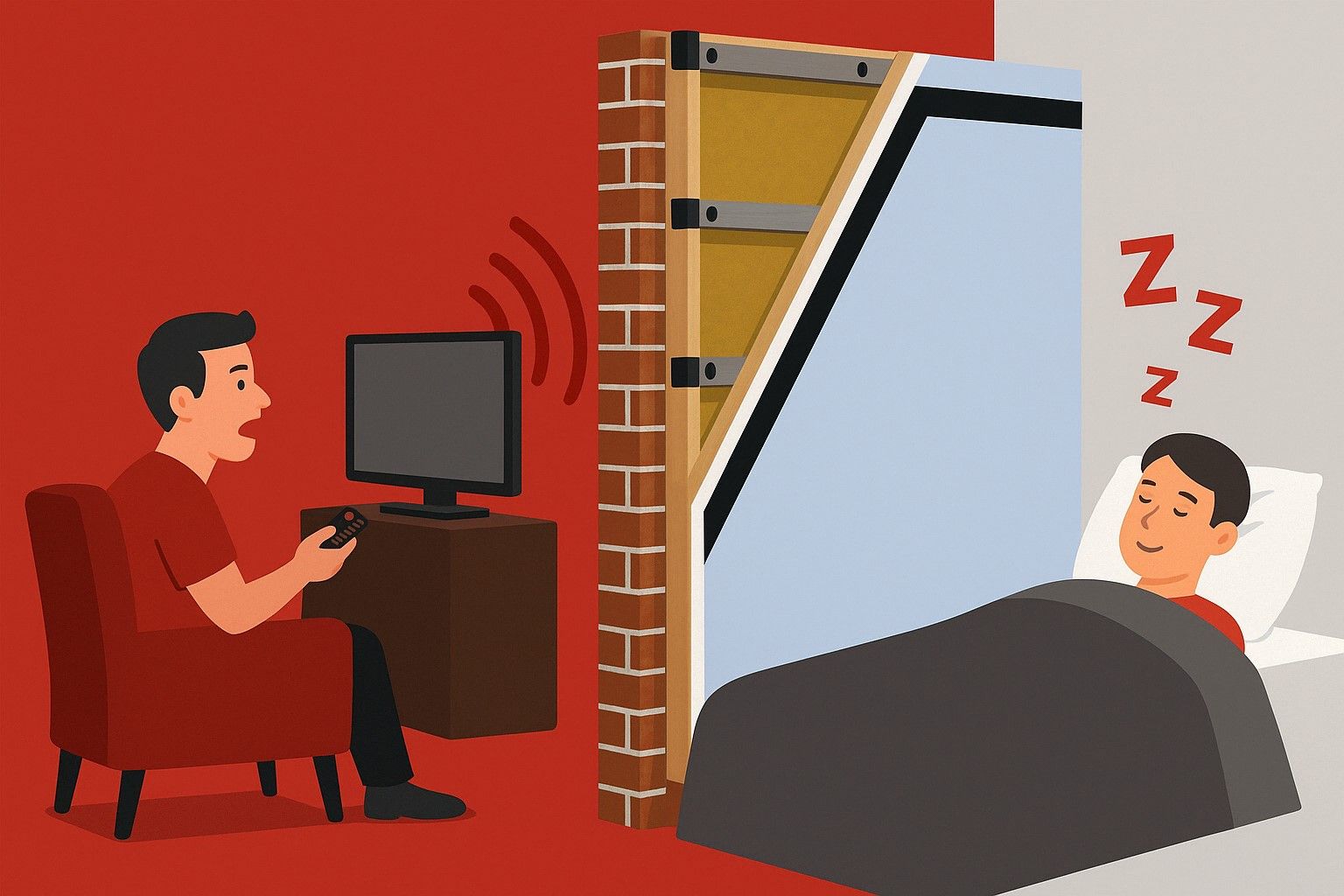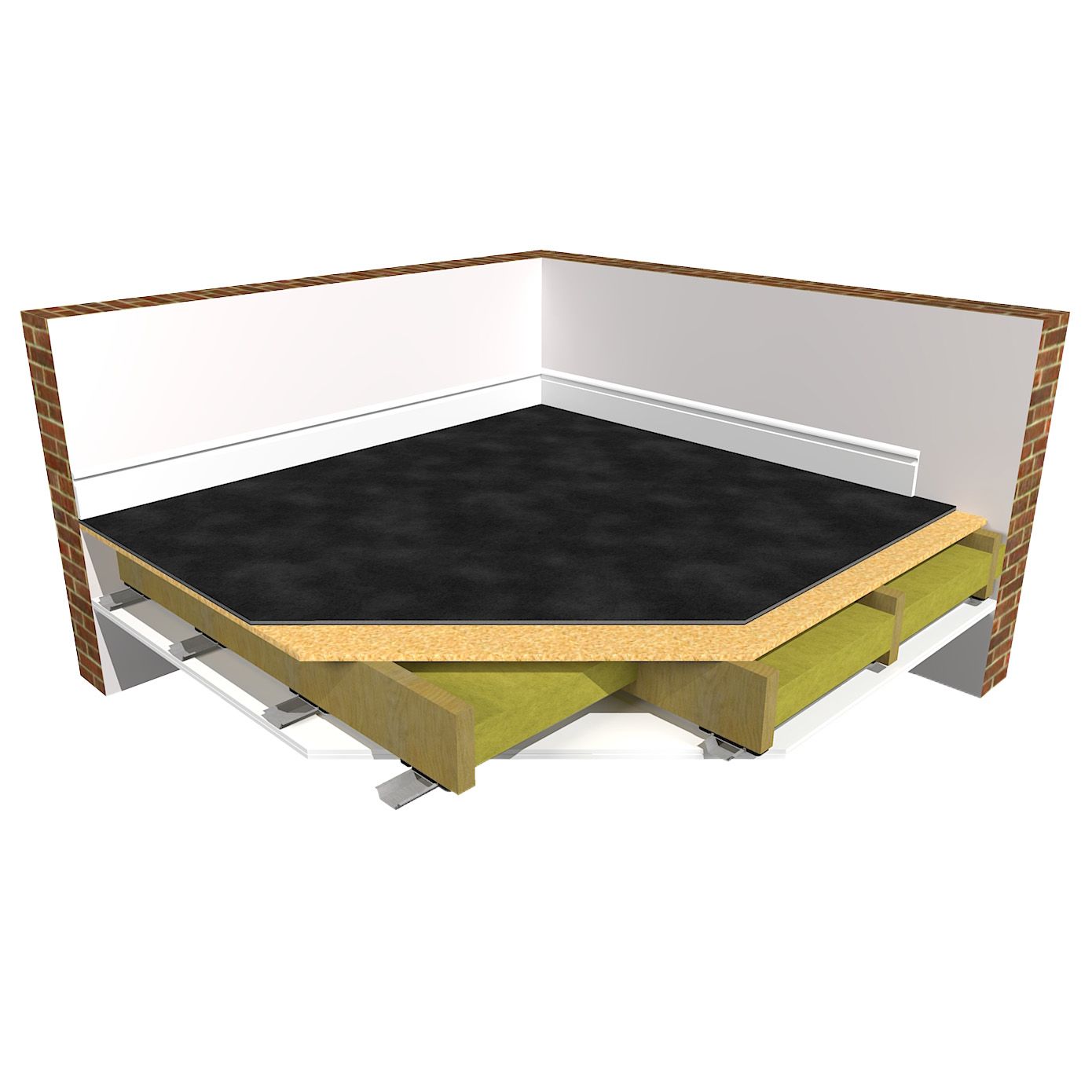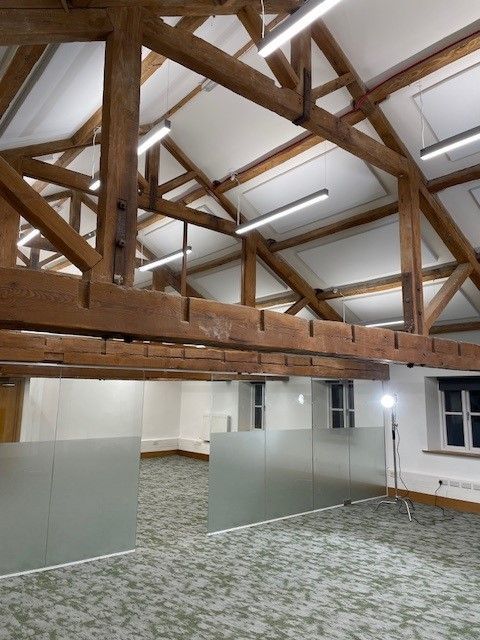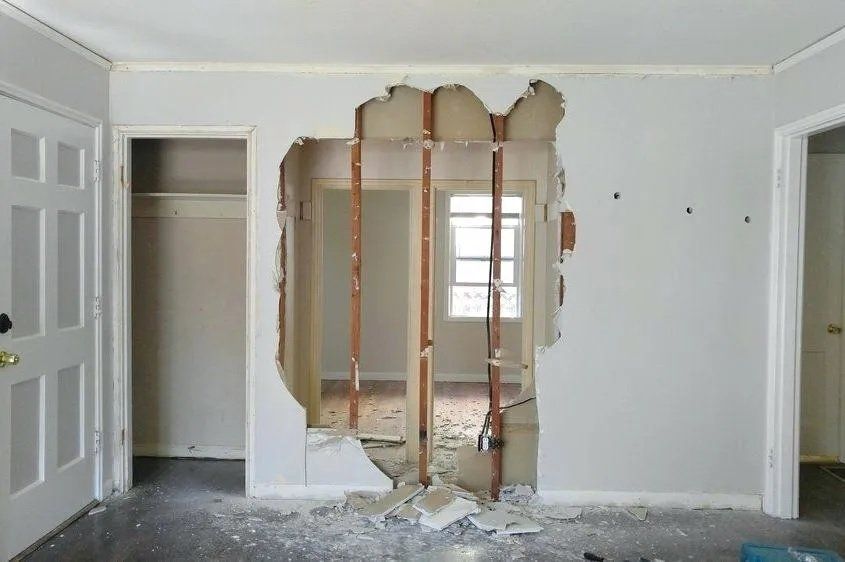Changing from carpet to a wood floor in flats
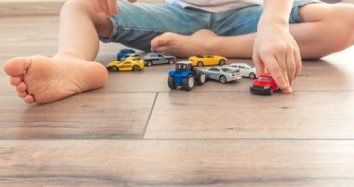
How to change from carpet to wooden flooring and achieve the same level of soundproofing
Hard floor finishes such as wood are an extremely popular choice for modern living. Benefits can include being easier to maintain and clean, the fact that wood looks good and is often a more practical and durable option for certain rooms within a property compared to other final floor finishes such as carpet. .
If you hold a lease on a flat or apartment it's not always as simple as changing from carpet to wooden flooring as this can increase noise levels and especially impact noise above travelling to the room below. In many instances permission is required to make changes, as the lease may have restricted covenants on floor coverings and freeholder consent may even be required.
In some multiple occupancy situations, (such as flats) there can even be a covenant banning the use of wood flooring within the property.
Leases with a licence to alter
Leases can vary enormously as to what is and isn't allowed when it comes to changing the final floor finish. In some cases some leases require a licence to alter and the freeholder or agent needs to be advised about the flooring type being changed from and to e.g. from carpet to wood, along with stipulating the type and thickness of the proposed acoustic insulation.
Within each lease it should state what improvements are permitted and what a licence to alter is needed for. The types of improvements a licence to alter may be required for include alterations such as; changing heating systems, moving or adding internal walls and the focus of this article - changing the flooring type, especially from carpet to a hard floor.
Acoustic solutions for wooden floors
So what happens if the lease does stipulate that if changes to the flooring from carpet to a hard floor finish are to take place then some level of acoustic insulation or soundproofing also needs to be applied? If you are planning to remove carpet and replace it with a hard floor finish, such as wood, the noise your neighbours will be able to hear below will be increased. This is why it's important to add some kind of acoustic insulation or soundproofing to the floor prior to laying the final floor finish.
How far you need to go with regards to the acoustic insulation can often depend on the regulations within the lease. It can range from stipulating the use of: 'suitable materials for avoiding transmission of noise, instead of carpets' to needing to comply with Part E Building Regulations. We will go into more details on how each of these are achieved.
Why soft floor finishes are better than hard floor finishes for reducing impact vibration
The reasons restrictions exist in changes from carpet to hard floor finishes is that the noise heard below you by your neighbours will be increased. This is regardless of the soundproofing or acoustic insulation used. EVERY solution will always be compromised by adding a hard floor finish on top.
A recent article in This is Money highlights the legalities regarding a neighbour removing their carpets and the increase in the noise heard below.
The increase in noise happens because hard floor finishes will increase the impact noise heard below compared to using a soft finish such as carpet, (which helps to absorb the footfall energy at the source). Once a vibration energy gets into a solid structure it will travel and spread through the structure very easily so is therefore harder to control and reduce. Essentially, the harder the floor finish, the more vibration energy is put into the structure.
A very public court case came to press when a family living in a luxury London flat were ordered to pay their neighbour below more than £100,000 in damages due to the noise of their young family playing on new wooden floors. The judge ruled that they "did not provide good enough insulation against sound transmission". Read more
Soundproofing options for wooden final floor finishes
If you don't need to meet Part E building regulations, but do need to make an effort to reduce footfall noise from above when changing from carpet to wood, our advice would be to go for a a thin and effective soundproofing solution such as the ProSound™ SoundMat 3 Plus (15mm thick), or the ProSound™ Reverso SoundMat (18mm thick).
Both of these acoustic floor solutions help to reduce impact and airborne noise without excessively raising the height of the floor. The Reverso SoundMat can be installed hard side up and most final hard floor finishes can be laid directly on top (a stabilising board or levelling screed may be required for certain LVT, vinyl's and tiles). With the SoundMat 3 Plus, a 6mm over boarding layer is needed prior to laying a hard final floor finish. The performance and comparison of both acoustic solutions can be found below:
Reverso SoundMat and SoundMat 3 Plus - acoustic solutions for floors
Learn more about the SoundMat™ 3 Plus
Easy DIY Installation of SoundMat™ 3 Plus
Learn more about the Reverso SoundMat™
Easy DIY installation of Reverso SoundMat™
How to meet Part E Building Regulations when changing from carpet to wooden floors
In some instances the lease may stipulate the meeting of Part E Building Regulations (less than 64dB for impact performance and higher than 43dB for airborne performance).
It is important to highlight that this isn't achievable with any single flooring soundproofing solution simply being added directly to the floor.
It isn't the single product that achieves the Part E Building Regulations, it is the construction of the building. Therefore, to pass Part E, it isn't just the floor, but also the ceiling and the performance of both of them combined which enables the pass. The addition of a thin, direct to floor soundproofing solutions adds to the performance of the structure and other additions will also be needed.
The SoundMat 3 Plus does pass building regulations when applied to a timber joist floor, however - this is also dependent on adding acoustic mineral wool between the floor joists and resilient bars and two layers of acoustic plasterboard on the ceiling below. Exactly the same build up also applies to the Reverso SoundMat when passing Part E Building Regulations.
To pass Part E Building Regulations:
- Add soundproofing to the floor to reduce impact noise at the source. Use SoundMat 3 Plus or Reverso SoundMat
- Insulate between the joists with acoustic mineral wool (100mm 60kg)
- Add soundproofing to the ceiling below. Use a suspended 'de-coupled' ceiling system such as the ReductoClip Ceiling System
Summary - achieving the same level of soundproofing when changing from carpet to hard flooring
- When needing to reduce footfall noise by adding acoustic insulation then the Reverso SoundMat and SoundMat 3 Plus will certainly do this. However, there is no magic solution to reduce impact noise with a hard floor finish when swapping from carpet.
- To achieve Part E Building regulations, again this can be achieved with the Reverso SoundMat or SoundMat 3 Plus. However, as highlighted, it requires the correct build-up for the floor and the ceiling below. It can't be achieved by one single product.
Share
"We don’t expect you to become an overnight expert in soundproofing, that’s what we’re here for."
